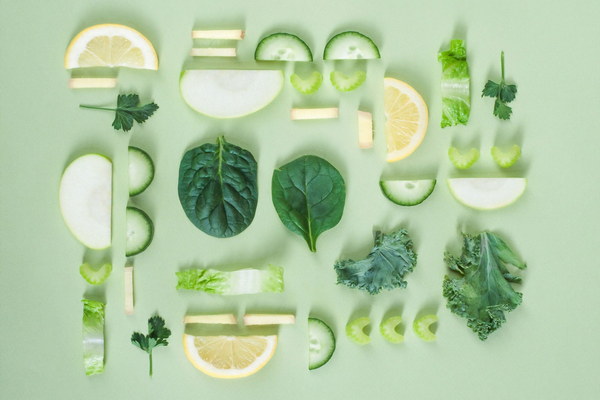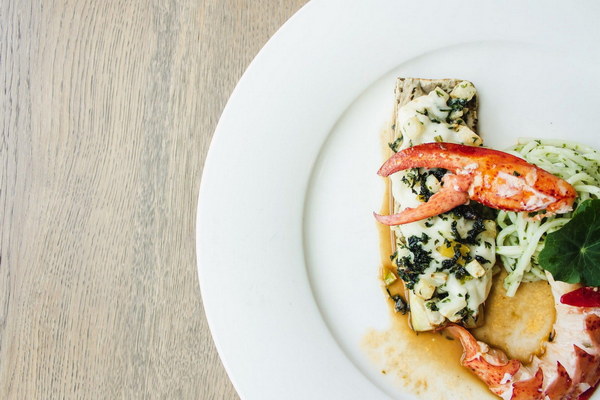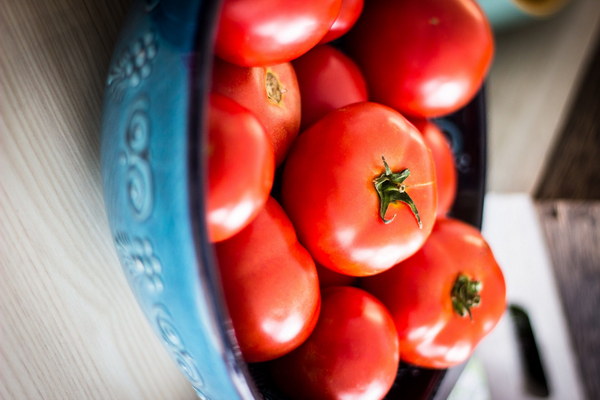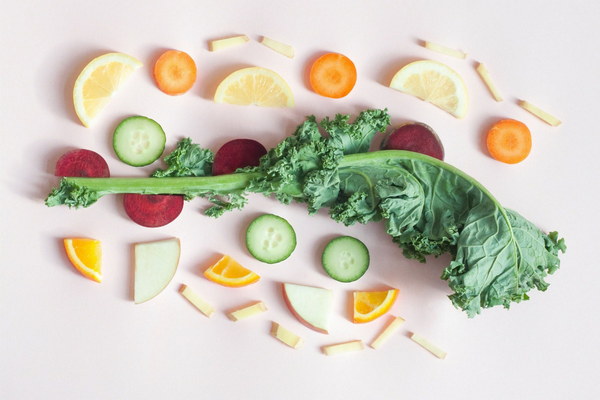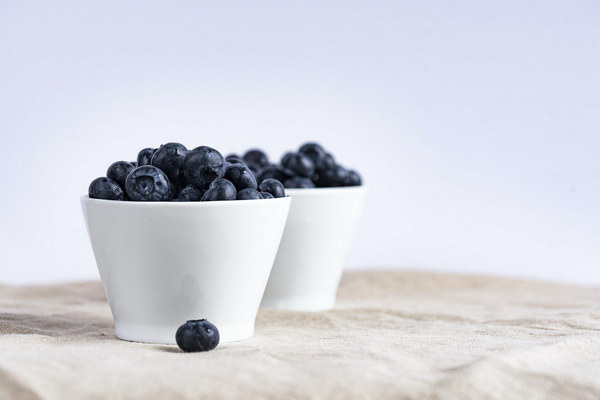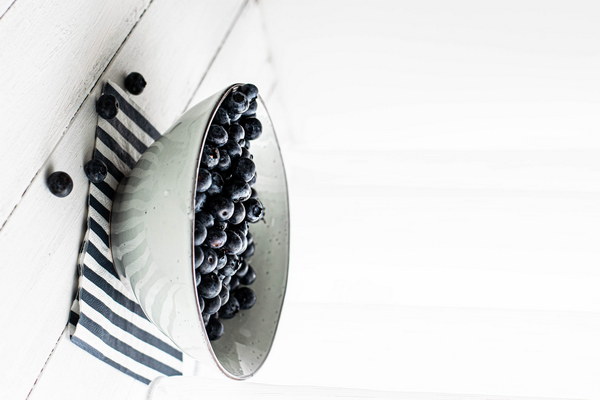Dry Scalp Brushing The Ancient Art of Removing Dampness and Enhancing Hair Health
In the realm of traditional Chinese medicine, hair health is closely linked to the balance of yin and yang in the body. Among the numerous practices that promote hair vitality, one stands out as both simple and effective: dry scalp brushing. This ancient technique not only helps to remove dampness but also enhances overall hair health. Let's delve into the world of dry scalp brushing and understand its benefits, techniques, and the science behind it.
Understanding the Concept of Dampness
In traditional Chinese medicine, dampness is considered a common cause of hair problems such as dandruff, hair loss, and greasy hair. Dampness is believed to accumulate in the body due to poor diet, overeating, lack of exercise, and external factors like humidity. This accumulation can lead to a variety of health issues, including hair-related problems.
The Benefits of Dry Scalp Brushing
Dry scalp brushing is a simple yet powerful practice that offers numerous benefits:
1. Removes Dampness: The bristles of the brush gently massage the scalp, promoting blood circulation and encouraging the removal of dampness from the body.
2. Stimulates Hair Growth: Regular dry scalp brushing stimulates the hair follicles, promoting hair growth and reducing hair fall.
3. Improves Scalp Health: The gentle exfoliation removes dead skin cells, dirt, and excess oil from the scalp, leading to a healthier and cleaner scalp environment.
4. Enhances Blood Circulation: Improved blood circulation to the scalp can result in better nutrient distribution to the hair follicles, leading to stronger, healthier hair.
5. Reduces Dandruff: Regular dry scalp brushing can help reduce dandruff by eliminating the buildup of dead skin cells and excess oil.
How to Perform Dry Scalp Brushing
To perform dry scalp brushing, follow these simple steps:
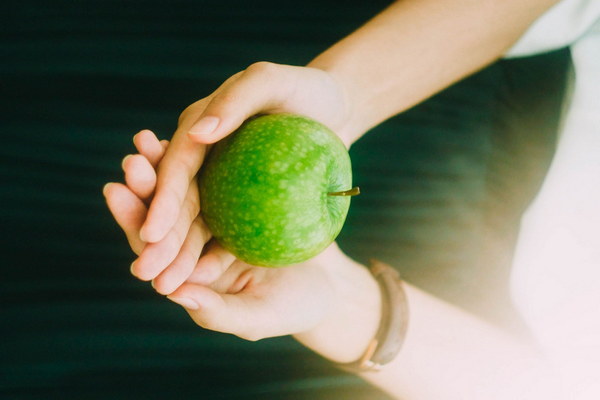
1. Choose the Right Brush: Select a brush with natural bristles, as synthetic bristles can be harsh on the scalp. A brush with a long handle is ideal for reaching all areas of the scalp.
2. Start at the Nape of the Neck: Begin at the back of your head, near the nape, and work your way up towards the front.
3. Brush in Small Circles: Use gentle, small circular motions to brush the scalp. Avoid pressing too hard, as this can cause discomfort or damage the hair.
4. Cover All Areas: Ensure that you cover the entire scalp, including the front, sides, and back. Take your time and be thorough in your brushing.
5. Frequency: Aim to brush your scalp daily for the best results. However, if you are new to the practice, start with a few times a week and gradually increase to daily.
The Science Behind Dry Scalp Brushing
The science behind dry scalp brushing lies in the physical act of brushing. When you brush your scalp, the bristles gently remove dead skin cells and excess oil, which can clog hair follicles and lead to hair issues. Additionally, the brushing stimulates the blood vessels in the scalp, promoting blood circulation and nutrient distribution to the hair follicles.
Conclusion
Dry scalp brushing is a simple yet effective practice that can help remove dampness, improve scalp health, and promote hair growth. By incorporating this ancient technique into your daily routine, you can experience the numerous benefits it has to offer. So, why not give it a try and witness the transformation in your hair health?
